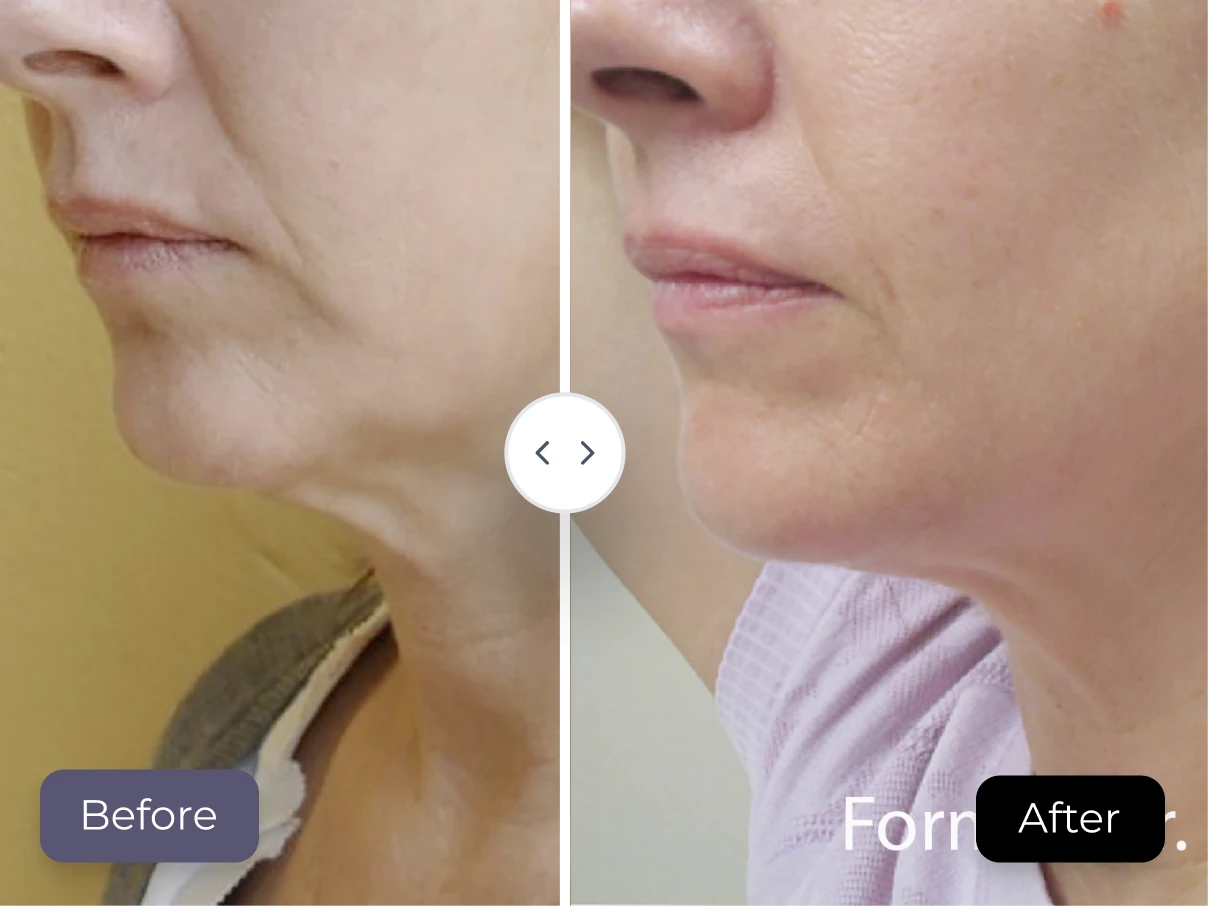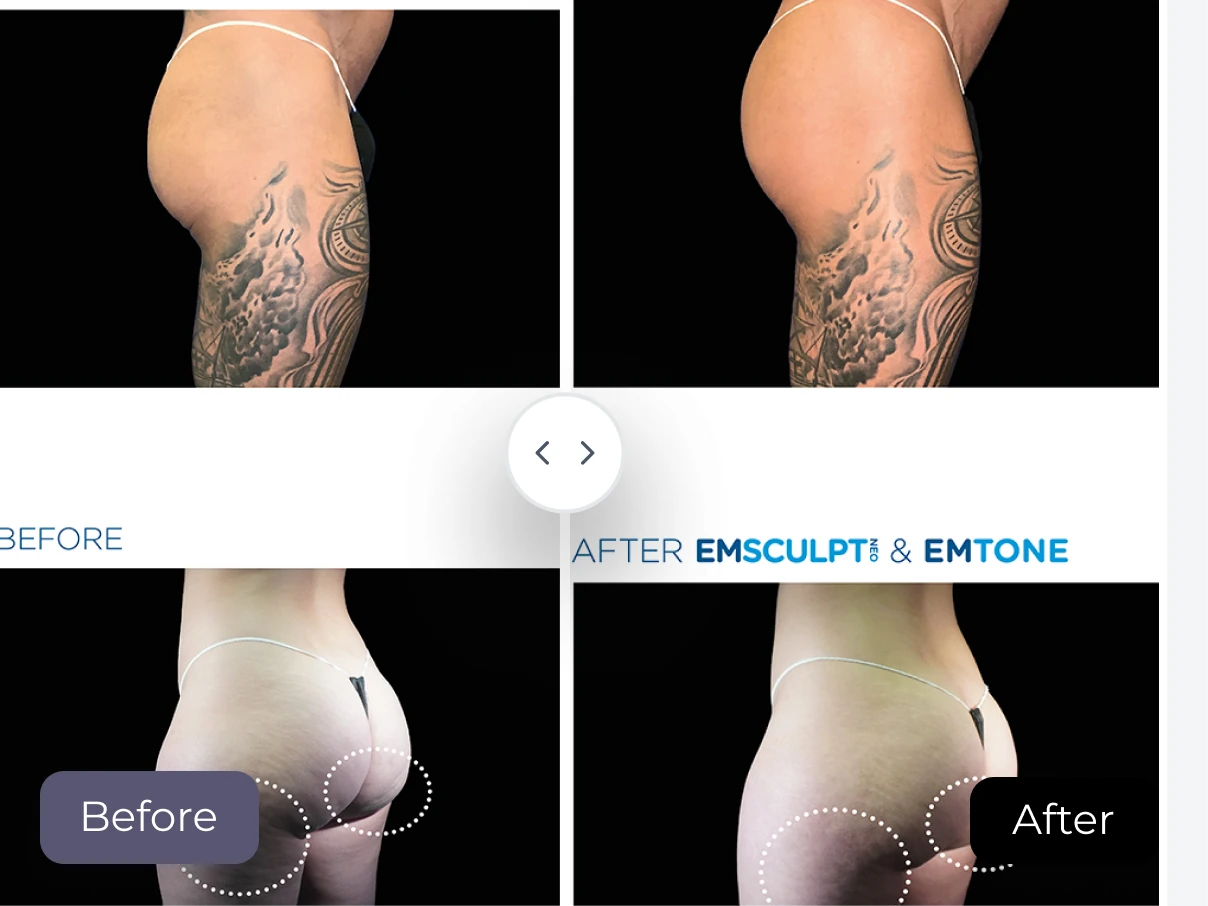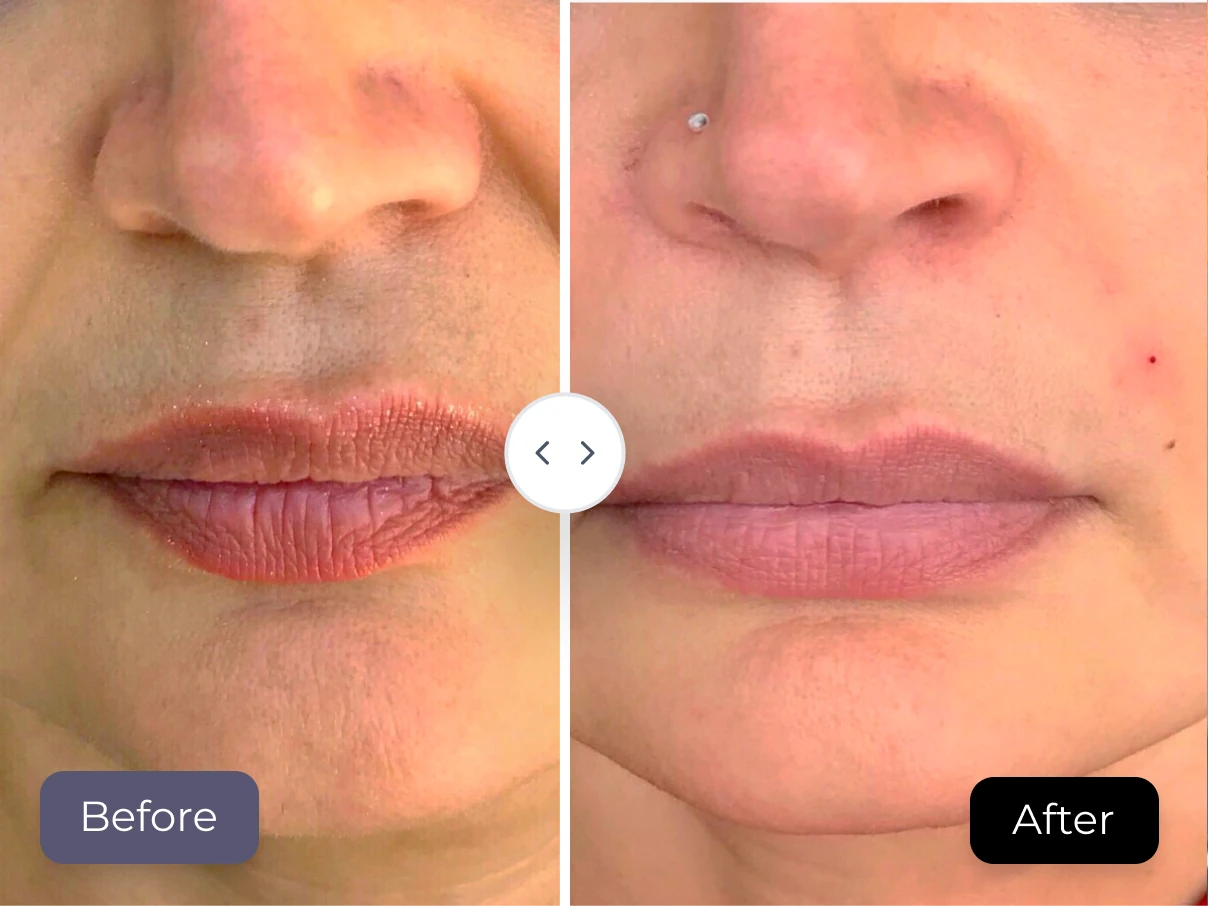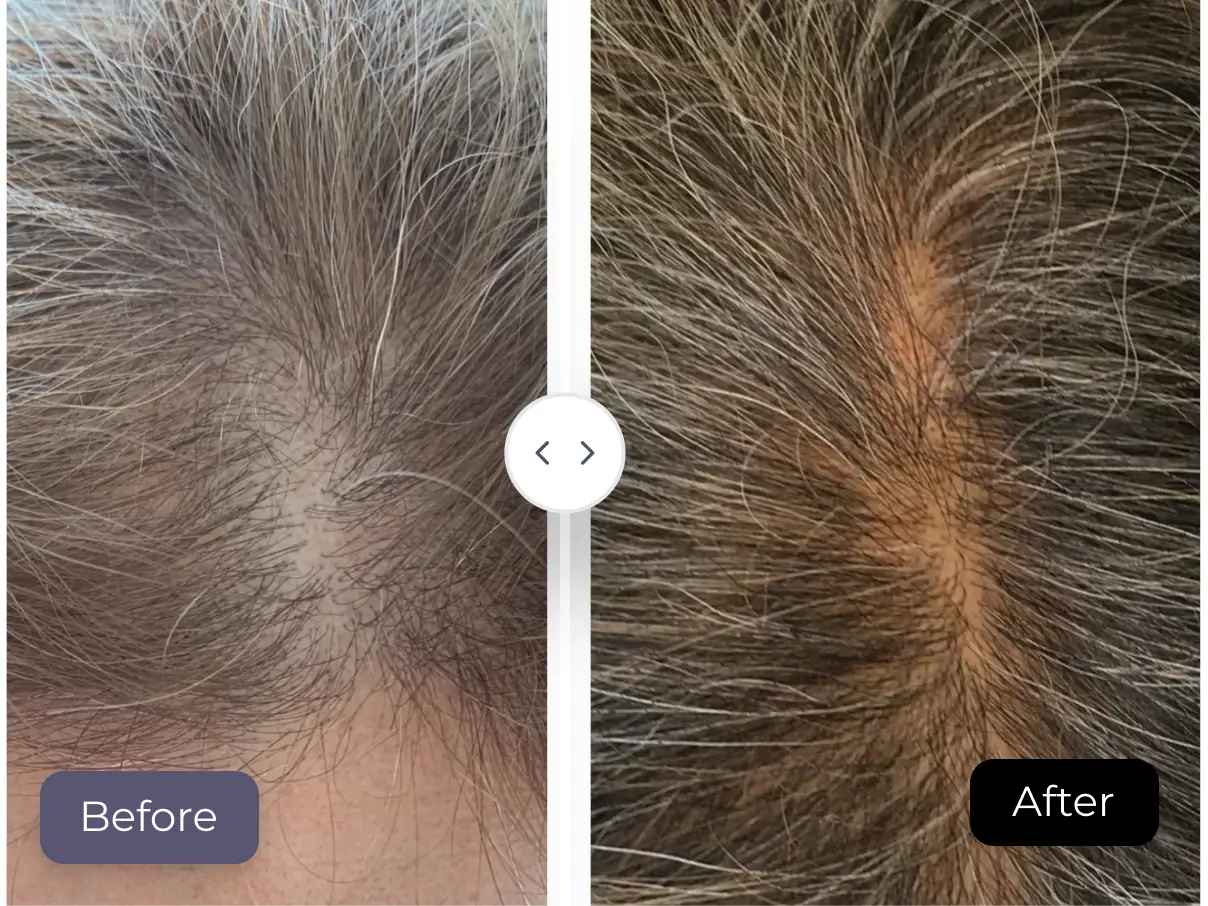At a Glance:
Hair loss can result from genetics, hormones, stress, or nutritional deficiencies. Common treatments include topical or oral medications, laser therapy, and hair transplant surgery—but many prefer non-surgical solutions like PRP (Platelet-Rich Plasma) and mesotherapy for natural regrowth. At Celebrity Laser & Skin Care in North Vancouver, PRP is combined with personalized care and complementary treatments to help restore hair density safely and effectively. A consultation is the first step toward a fuller, healthier head of hair.
Hair loss affects millions of Canadians—men and women alike. Whether it’s a gradual thinning at the crown or sudden patchy shedding, it can deeply impact confidence and self-image. While some daily shedding is normal, persistent or excessive hair loss is often a sign of an underlying issue.
The good news? You now have more effective options than ever. From topical solutions to laser therapies and non-surgical treatments like PRP hair restoration, today’s approaches target both the symptoms and root causes of hair loss.
At Celebrity Laser & Skin Care in North Vancouver, our expert team helps clients choose the right strategy based on their hair loss type, lifestyle, and goals. This guide explains the most effective options available—and why PRP hair restoration is one of the most promising paths to fuller, healthier hair.
What’s Behind Hair Loss? Common Causes You Should Know
Hair loss doesn’t happen for just one reason—it’s often the result of multiple overlapping factors. Understanding what’s triggering your hair loss is the first step to choosing the right treatment.
Here are some of the most common causes:
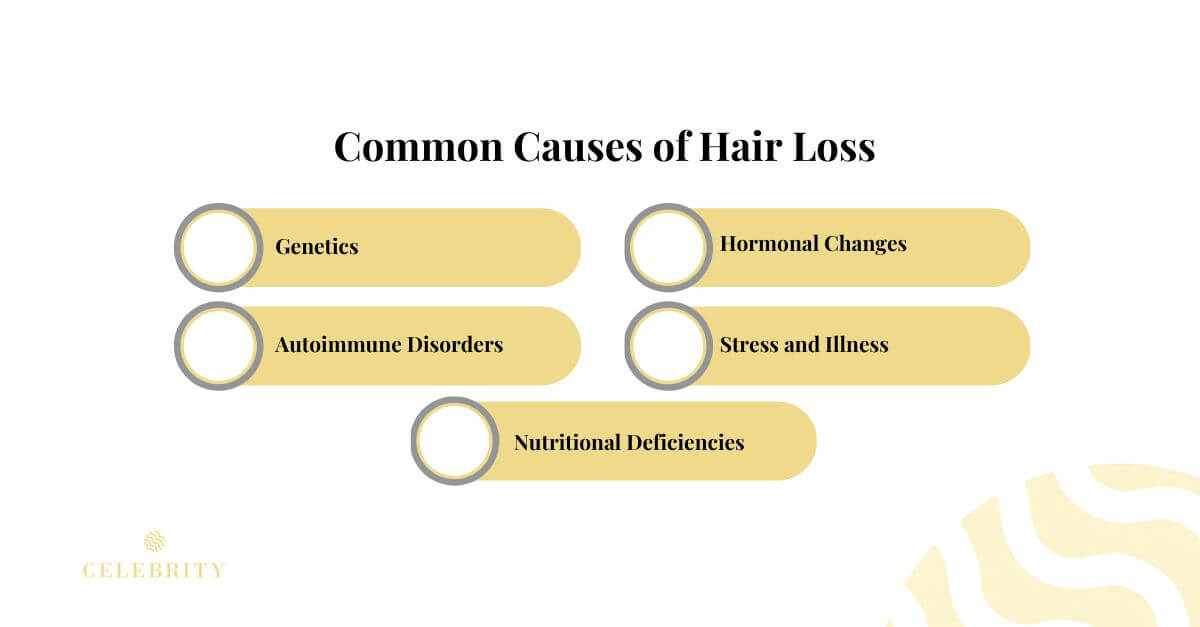
Genetics (Androgenetic Alopecia)
This inherited condition is the leading cause of hair loss in both men and women. Also known as male or female pattern baldness, it causes progressive thinning along the hairline, temples, or crown.
Genetics can also determine how sensitive your follicles are to certain hormones, which affects how quickly hair sheds or stops growing altogether.
Hormonal Changes
Hormonal shifts during menopause, pregnancy, or due to thyroid imbalances can disrupt the hair growth cycle. Conditions like polycystic ovary syndrome (PCOS) also affect hormone levels and can contribute to thinning hair—especially around the scalp’s center or temples.
Autoimmune Disorders
In conditions like alopecia areata, the immune system mistakenly attacks healthy hair follicles, leading to sudden bald patches. In some cases, the hair regrows on its own. In others, medical treatment is needed to calm the immune response and reactivate follicle function.
Stress and Illness
A major illness, surgery, or prolonged stress can push hair follicles into a resting phase, causing noticeable shedding known as telogen effluvium. Fortunately, this type of hair loss is usually temporary—and tends to reverse once the underlying issue is resolved.
Nutritional Deficiencies
Lack of key nutrients such as iron, vitamin D, zinc, or certain amino acids can weaken your hair at the root. Without enough nutritional support, hair becomes brittle, sheds more easily, and grows more slowly. In many cases, addressing deficiencies can jumpstart regrowth.
Medical Treatments
Some medications—particularly chemotherapy drugs—can trigger hair loss as a side effect. While this is often temporary, the degree of loss and recovery time vary depending on the medication and the individual’s response.

Types of Hair Loss
Identifying the type of hair loss you’re experiencing is just as important as understanding what’s causing it. Each type responds differently to treatment, and a proper diagnosis can save you time, frustration, and ineffective products.
Androgenetic Alopecia (Pattern Baldness)
The most common form of hair loss, this hereditary condition causes gradual thinning over time. In men, it typically starts with a receding hairline or thinning crown. In women, it often shows up as diffuse thinning along the part line. The condition is progressive but can be managed with the right intervention.
Alopecia Areata
This autoimmune condition causes the body to attack healthy hair follicles, resulting in sudden round or oval patches of baldness. It can affect any part of the scalp or body. While unpredictable, some people experience regrowth over time, especially with early treatment.
Telogen Effluvium
A temporary shedding condition triggered by physical or emotional stress, surgery, major illness, or hormonal shifts. Hair enters the resting phase prematurely, leading to diffuse thinning. Fortunately, this type of hair loss is often reversible once the trigger is removed.
Scarring Alopecia (Cicatricial Alopecia)
This rarer form of hair loss occurs when inflammation destroys the hair follicle and replaces it with scar tissue. The damage is usually permanent, and early diagnosis is critical to slow or halt progression. Treatment often focuses on reducing inflammation and preventing further loss.
Knowing what type of hair loss you have helps guide treatment—whether that’s medication, laser therapy, PRP, or a combination approach.
Traditional Hair Loss Treatments
Before advanced treatments like PRP entered the scene, most hair loss solutions fell into one of four main categories: topical, oral, laser-based, or surgical.
While these options can still play a valuable role, they often require long-term commitment and may not suit everyone’s lifestyle or hair goals.
Topical Medications (e.g., Minoxidil)
Minoxidil is an over-the-counter liquid or foam applied directly to the scalp. It increases blood flow around hair follicles and helps keep them in the growth phase longer.
Pros: Easy to access; works well in early stages.
Cons: Results take time and vanish if you stop using it. Some users experience scalp irritation or unwanted facial hair.
Oral Medications (e.g., Finasteride, Spironolactone)
These prescription drugs help regulate hormones linked to hair thinning. Finasteride is common for men; spironolactone is sometimes prescribed for women.
Pros: Effective at slowing or halting genetic hair loss.
Cons: May cause hormonal side effects and isn’t suitable for pregnant women. Long-term use is typically required.
Low-Level Laser Therapy (LLLT)
LLLT devices—like laser combs or helmets—stimulate follicles using red light. These tools can be used at home or in-clinic.
Pros: Non-invasive and painless; good for early-stage thinning.
Cons: Results vary and require ongoing sessions to maintain progress.
Hair Transplant Surgery (FUE/FUT)
This surgical procedure transplants hair follicles from one part of the scalp to thinning areas.
Pros: Offers permanent, natural-looking results when done by an expert.
Cons: Expensive, involves downtime, and not everyone is a candidate (especially if donor hair is limited).
Lifestyle and Nutritional Support
Eating a balanced diet rich in protein, iron, zinc, and vitamin D supports overall hair health. Managing stress and addressing deficiencies can complement other treatments.
Pros: Boosts long-term hair and scalp health.
Cons: Unlikely to reverse significant loss on its own.
Each of these treatments has its place—but for many patients, they work best as part of a combination strategy, especially when paired with regenerative options like PRP.
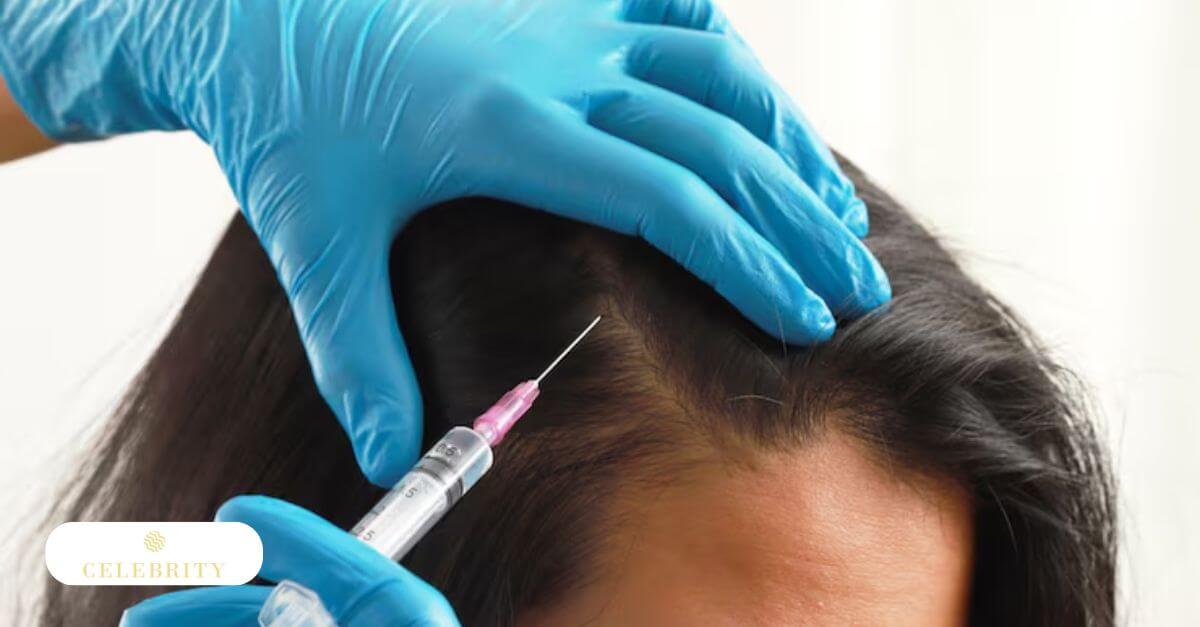
PRP for Hair Restoration – A Leading Non-Surgical Option
Among the most promising treatments for early-to-moderate hair thinning is Platelet-Rich Plasma (PRP) therapy—a regenerative technique that uses your body’s natural healing mechanisms to stimulate hair growth.
At Celebrity Laser & Skin Care, PRP for hair restoration is performed under clinical-grade conditions by experienced professionals, offering a non-surgical, personalized approach to regrowth.
What Is PRP?
PRP (Platelet-Rich Plasma) is derived from your own blood. After a small blood draw, your sample is spun in a centrifuge to isolate plasma rich in platelets and growth factors. These compounds are key in healing and cellular regeneration—including the stimulation of dormant hair follicles.
How PRP Stimulates Hair Growth
Once extracted, the PRP is injected into targeted areas of the scalp using fine needles. The injected plasma:
- Reinvigorates weakened follicles
- Boosts blood flow and nutrient delivery
- Extends the growth (anagen) phase of the hair cycle
Over time, this process can lead to thicker strands, reduced shedding, and visible regrowth—particularly in patients with androgenetic alopecia or stress-related hair thinning.
What to Expect at Celebrity Laser & Skin Care
Each PRP session at Celebrity Laser is tailored to your specific hair loss pattern and goals. Here’s what the process looks like:
- Consultation
A detailed scalp assessment to determine if you’re a good candidate. - Blood Draw and PRP Preparation
Your blood is processed using a medical-grade centrifuge to extract concentrated plasma. - Precise Injections
The PRP is administered into thinning areas using microinjections, ensuring even distribution and maximum effectiveness. - Aftercare Support
You’ll receive post-treatment guidance to help you care for your scalp and maximize results.
Most patients begin with a series of 3–4 treatments spaced a month apart, followed by maintenance sessions every few months depending on progress and goals.
Why PRP Appeals to Many Clients
✅ Natural & Autologous – No risk of allergic reaction
✅ Minimal Downtime – Resume normal activities the same day
✅ Proven Efficacy – Supported by multiple clinical studies
✅ Versatile – Works for both men and women with early-stage thinning
✅ Can Be Combined – Pairs well with minoxidil, LLLT, or nutritional support for enhanced results
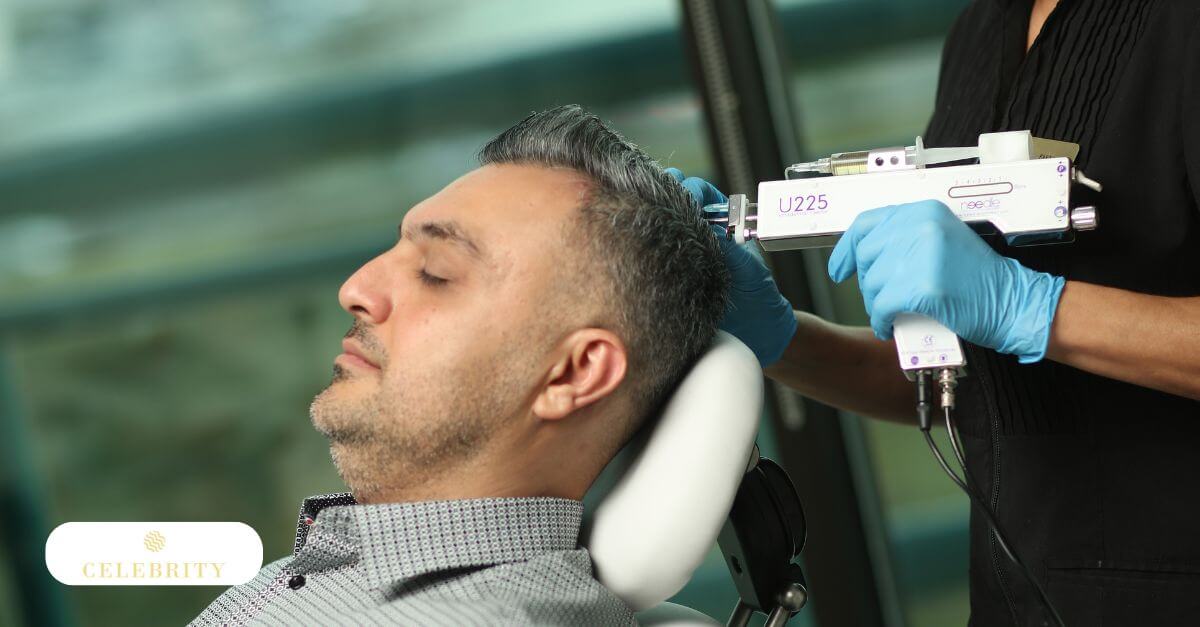
Mesotherapy for Hair Loss – A Supportive Companion to PRP
Mesotherapy is a non-surgical technique that delivers a customized blend of vitamins, peptides, and nutrients directly into the scalp to nourish hair follicles and improve scalp circulation.
Using microinjections or a mechanical “meso-gun,” it targets the root causes of thinning—such as inflammation, poor blood flow, or nutrient deficiency.
While mesotherapy alone may improve hair texture and density, it is often used alongside PRP therapy to enhance outcomes.
The combination can be especially effective in stimulating growth and extending the active hair cycle, offering a well-rounded, regenerative approach to hair restoration.
How to choose the right treatment for you?
Selecting the best hair loss treatment depends on several personal factors:
➤ Type and cause of hair loss – Whether it’s genetic, hormonal, autoimmune, or stress-related
➤ Stage of hair loss – Early intervention often produces better results
➤ Maintenance tolerance – Some treatments require regular sessions for sustained effects
➤ Budget and time commitment – From occasional in-clinic sessions to ongoing home care routines
For many clients, the most effective approach involves combination therapy. At Celebrity Laser & Skin Care, a popular pairing is PRP with mesotherapy.
While PRP stimulates natural regeneration by activating dormant follicles, mesotherapy nourishes the scalp and strengthens hair from the root, creating a synergistic effect. This dual-action protocol supports improved hair density, reduced shedding, and healthier scalp conditions — all with minimal downtime and no pharmaceuticals.
A professional consultation at our North Vancouver clinic ensures your treatment plan is tailored to your specific needs, goals, and hair loss pattern.
Conclusion
Hair loss can be distressing, but today’s treatment options offer more hope than ever—ranging from traditional solutions like medications and laser therapy to advanced regenerative approaches like PRP and mesotherapy.
At Celebrity Laser & Skin Care, our focus is on natural, non-surgical solutions that prioritize long-term scalp health and visible, confidence-boosting results.
PRP hair restoration, especially when combined with treatments like mesotherapy, provides a powerful option for stimulating growth, strengthening follicles, and slowing hair loss progression—without harsh side effects or invasive procedures.
If you’re ready to take control of thinning hair, book a personalized consultation at Celebrity Laser & Skin Care in North Vancouver. Our experienced team will guide you through the most suitable options for your hair type, condition, and goals—so you can move forward with clarity, confidence, and support.


